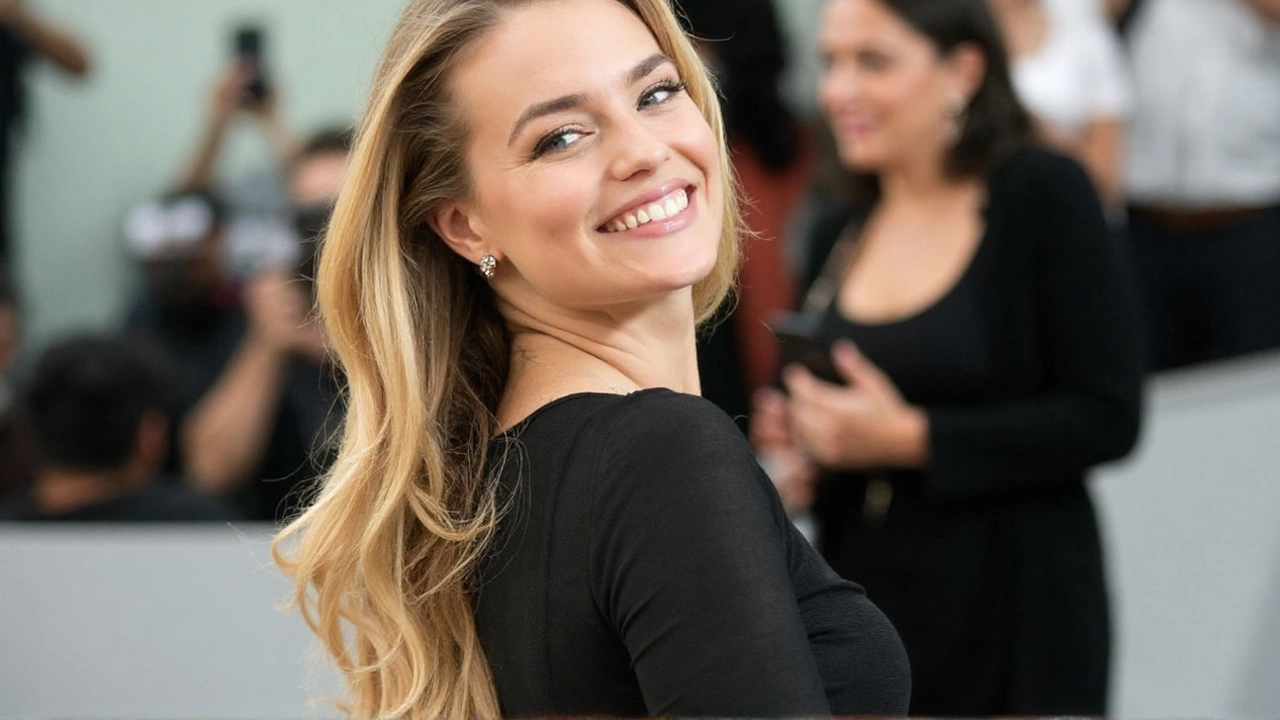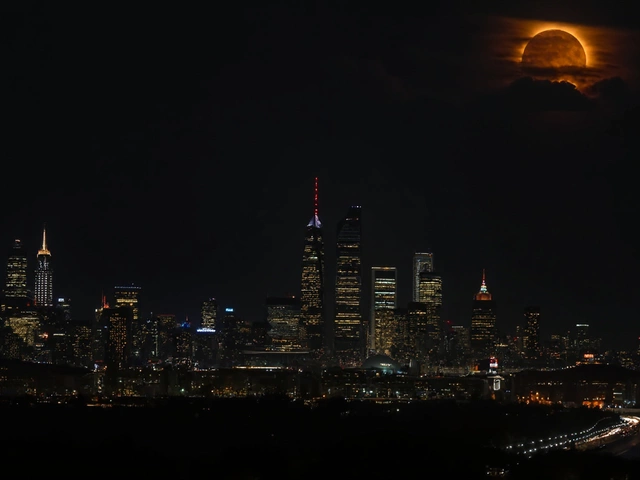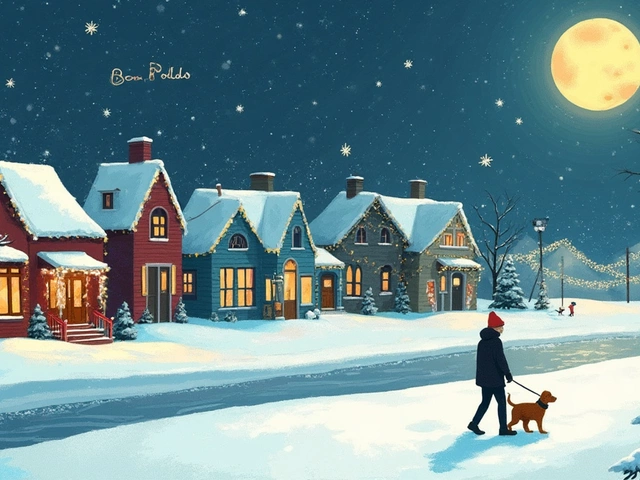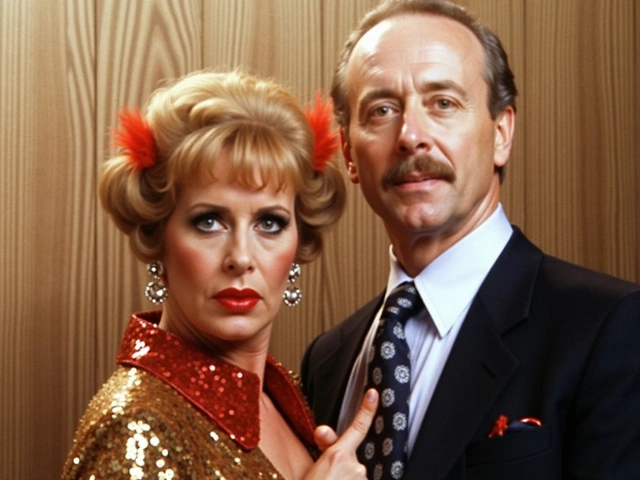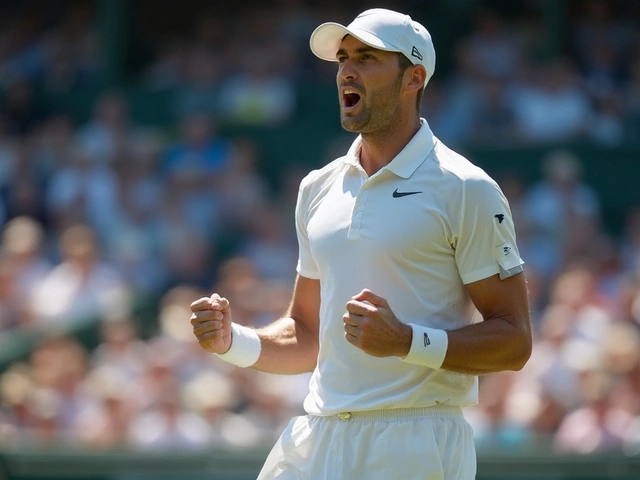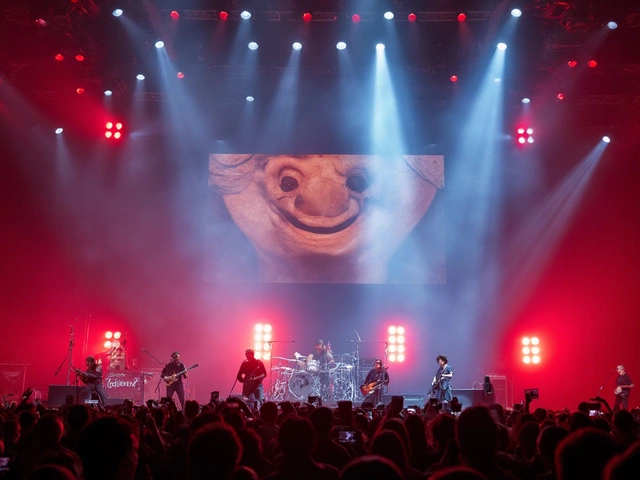Margot Robbie on set as Emerald Fennell films Wuthering Heights for 2026 release
Emerald Fennell’s Gothic gamble: classic love, modern edge
Margot Robbie has stepped into the windswept world of Emily Brontë, spotted on set as Emerald Fennell shoots a new adaptation of Wuthering Heights for Warner Bros. Pictures. The film is dated for February 13, 2026—a canny pre–Valentine’s Day slot for a story that treats love like fire: magnetic, dangerous, and impossible to control.
Robbie plays Catherine Earnshaw, the woman at the center of Brontë’s storm. Jacob Elordi is Heathcliff, a role that asks for quiet fury and a bruised heart. Fennell is writing, directing, and producing, doubling down on the forceful authorial approach that powered Promising Young Woman and Saltburn. Backing comes from a trio of producers—LuckyChap Entertainment (Robbie’s banner), Lie Still, and MRC Film—signaling a serious bet on the material and its audience reach.
The cast is stacked with sharp choices. Shazad Latif takes on Edgar Linton, Catherine’s polished suitor and Heathcliff’s counterpoint. Hong Chau plays Nelly Dean, the practical housekeeper and our window into the chaos. Alison Oliver is Isabella Linton, pulled into the aftermath of choices she doesn’t fully see coming. Younger versions of the main players—Charlotte Mellington (Young Catherine), Owen Cooper (Young Heathcliff), and Vy Nguyen (Young Nelly)—suggest the film will spend real time in childhood, where class divides, hurt, and loyalty first take root.
Wuthering Heights is a cornerstone of English literature for a reason. The novel is raw. It doesn’t soften obsession, cruelty, or the way grief echoes across generations. Fennell’s version is described as a Gothic psychological drama, not a costume romance. That framing tracks with her previous work: she likes to stand close to uncomfortable emotions and let them speak for themselves. Expect the moors to act like a character—vast, harsh, and indifferent.
Filming is underway, and the production is shooting in VistaVision, a large-format approach that favors sweeping landscapes and fine detail. In practice, that means wide horizons and human faces that hold up under intense scrutiny. It’s an old-school-craft decision with modern ambition—think high resolution, cinematic texture, and a painterly feel in scenes where nature bears down on people.
Wuthering Heights has had a long life on screen. William Wyler’s 1939 film with Merle Oberon and Laurence Olivier set a high-water mark for romantic fatalism. A 1992 version with Juliette Binoche and Ralph Fiennes embraced the novel’s full arc, and Andrea Arnold’s 2011 take stripped it back to mud, wind, and skin-prick realism. Fennell isn’t repeating any of those. Her past films live in moral ambiguity and sharp contrast; she tends to twist familiar stories until they feel newly dangerous.
Part of the intrigue is the narrator. In the novel, Nelly Dean is the anchor amid the storm—a keen observer, not just a bystander. Casting Hong Chau, an Oscar nominee for The Whale, hints that Fennell will lean into Nelly’s perspective. That choice could recenter the story around memory, bias, and how adults explain cruelty to themselves.
Here’s where the ensemble lands:
- Margot Robbie as Catherine Earnshaw
- Jacob Elordi as Heathcliff
- Shazad Latif as Edgar Linton
- Hong Chau as Nelly Dean
- Alison Oliver as Isabella Linton
- Charlotte Mellington as Young Catherine
- Owen Cooper as Young Heathcliff
- Vy Nguyen as Young Nelly
For Robbie, this is both a performance swing and a producing move. LuckyChap has built a reputation for backing bold, unruly stories—Promising Young Woman, I, Tonya, and a certain billion-dollar doll movie proved there’s an audience for films that punch above their genre labels. Catherine is a different kind of challenge: charming, selfish, desperate, and impossible to pin down. It’s a role that can turn on a single look.
Elordi, coming off Euphoria and Priscilla, has the height and stillness that Heathcliff needs, but he’ll also have to find the bruised child inside the tyrant. Latif, known for Star Trek: Discovery and The Capture, brings a thoughtful presence to Edgar. Oliver, who broke out in Conversations with Friends and appeared in Saltburn, plays Isabella as the casualty of other people’s needs. Together, the casting hints at a story built on contrasts—refinement versus rage, comfort versus hunger.
Production-wise, the timing makes sense. A February release gives the studio room to build word of mouth without summer blockbuster pressure. It also positions the film near awards conversations that can stretch into spring. Expect a first-look stills drop once the production turns a corner on principal photography and a teaser in 2025 after a rough cut is in place.
Visuals will matter. The moors aren’t pretty backdrops; they’re judgment. VistaVision’s wide negative area is well suited to capture winter light, horizontal horizons, and the way fog erases distance. That’s not just aesthetic. It serves the theme: people get small under that sky, and small people make reckless choices to feel big. Costume and production design will likely reflect that ethos—less polish, more weather-beaten wool, mud, and stone.
Fennell’s creative throughline has been control: who has it, who takes it, and how it’s dressed up as love or safety. Wuthering Heights fits. The book is a study in power—class power, gender power, the power to refuse forgiveness. It’s also about inheritance, not just of land but of pain. The inclusion of the younger cast points toward a story that traces how harm migrates from childhood into adult revenge.
Warner Bros. backing gives this project reach, but the mix of partners tells its own story. LuckyChap’s taste for provocative women-led narratives meets MRC Film’s appetite for prestige conversation-starters. Lie Still adds another independent arm. The bet is that a 19th-century novel can still jolt modern moviegoers when told without flinching.
There’s also the simple appeal of seeing big actors chew on big material. Catherine and Heathcliff aren’t tidy; they don’t behave in movie-friendly ways. They hurt the people who love them. They hurt themselves. When the story moves into its second half—into haunted houses, graveside confessions, and the next generation—it stops behaving like a romance altogether. That’s where direction matters. Fennell has shown she’s comfortable pulling the rug and making the audience sit with discomfort.
The supporting players deepen that tension. Chau’s Nelly grounds the narrative in everyday survival—cleaning up messes, both literal and moral. Latif’s Edgar gives the audience a version of happiness that Catherine can’t keep. Oliver’s Isabella tests the cost of choosing a man mid-implosion. Those arcs let the film show harm from multiple angles rather than just luxuriating in doomed passion.
For readers of Brontë, the question is fidelity versus interpretation. Does the film chase the book’s structure or compress it for pace? Prior adaptations have made different calls—some stop at the end of Catherine and Heathcliff’s story, others push into the children’s thread. Casting the younger characters suggests Fennell wants the full echo, the way love and punishment don’t end with one generation. That’s where the Gothic turns existential.
The craft choices reinforce that mood. Large-format capture rewards stillness: wind moving across heather, breath frosting in cold air, a hand gripping a windowsill like it’s the last solid object on earth. Expect editors to leave room for silence, and sound design to lean into creaks, whistles, and the percussive thud of boots on wet boards. When violence arrives, it should feel personal, not operatic.
And yes, this is a commercial play. A recognizable classic, marquee leads, a rising director with two lightning-rod films behind her—those are bankable ingredients. But if the adaptation leans into the novel’s bleakness, it will do what good Gothic stories always do: make the audience wonder whether the monster is the weather, the house, or the person you can’t stop thinking about.
For now, the production is moving through principal photography, with early assembly work underway in parallel. Once footage is locked, expect a teaser that sells mood over plot: the moors, a slammed door, a heartbeat, a whisper through glass. If that lands, the film won’t just be another literary adaptation. It’ll be a cultural conversation about love, class, and the stories we tell ourselves to survive them.
One thing is certain: seeing Margot Robbie tackle Catherine under Fennell’s direction is a rare actor-director pairing with real voltage. If they thread the needle—feral emotion on one side, precision craft on the other—Wuthering Heights could feel both classic and unnervingly new.
